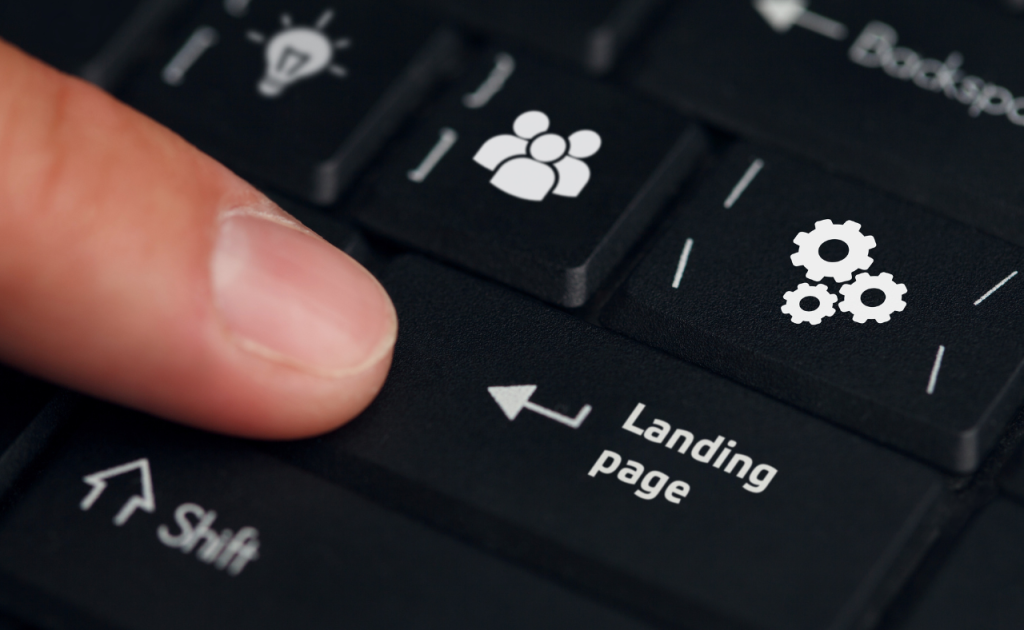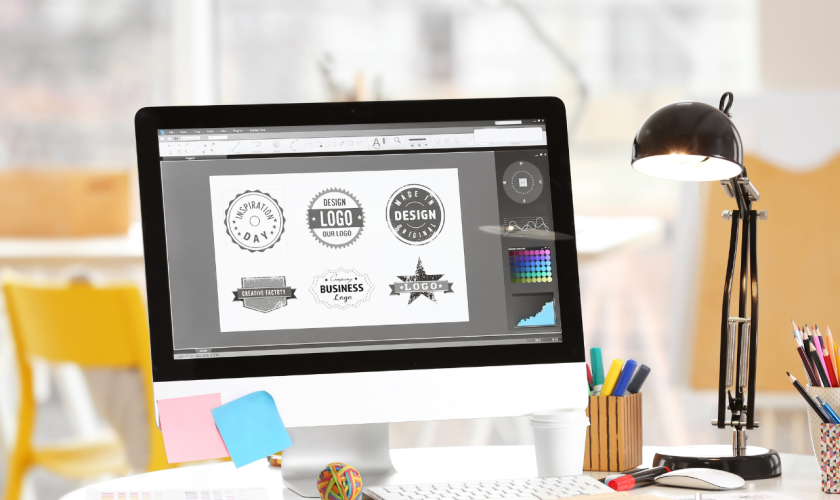With over 330 million active users, X (formerly known as Twitter) remains a powerful platform for personal branding, networking, and growing your business. However, the challenge lies in standing out in a sea of tweets. Whether you’re an influencer, entrepreneur, or brand, creating an attractive and engaging X account is essential.

In this guide, we’ll break down key strategies to transform your X account into a visually appealing, engaging, and impactful space.
Why Does an Attractive X Account Matter?
In just a few seconds, people decide whether to follow you or not. A well-organized and visually cohesive account:
- Builds credibility and trust.
- Increases follower engagement and interaction.
- Enhances your brand visibility and identity.
Now, let’s explore the steps to creating a striking X account!
Step 1: Choose a Professional Profile Picture and Header Image
Your profile picture and header image are the first things people notice. These visuals are crucial for creating a strong first impression.
Profile Picture
Your profile picture should be clear and recognizable. If you’re a brand, use your logo. If you’re an individual, choose a high-quality headshot. Ensure the picture is consistent across all your social media profiles to create a cohesive online presence.
Header Image
The header image is a larger space where you can get more creative. Use this space to showcase your brand, highlight a project, or promote an upcoming event.
Header Image Ideas:
- Show off your latest product or service.
- Display an inspirational message or tagline.
- Promote an event or campaign.
Tip: Keep your header visually aligned with your profile picture to ensure your page looks cohesive and professional.
Step 2: Write a Catchy and Informative Bio

Your bio is a short, 160-character description that tells people who you are and what your account is about. Make it concise but impactful.
What to Include in Your Bio:
- Who you are or what you do.
- What value you bring to your audience.
- Relevant keywords for your industry or niche.
- A call to action (CTA) like a link to your website or a project.
Example:
“Digital marketer sharing tips on social media growth & SEO. Helping brands shine online. 💡 Follow for daily insights! 🌐 www.mysite.com“
Step 3: Pin an Important Tweet
One of the easiest ways to make your X account more attractive is by pinning a tweet. A pinned tweet stays at the top of your feed, so visitors will see it first.
What to Pin:
- Your most engaging or popular tweet.
- An announcement about a new product, service, or blog post.
- A tweet that showcases your best work or content.
Tip: Change your pinned tweet periodically to keep your profile fresh and relevant.
Step 4: Post High-Quality Content Regularly
Consistency is key to keeping your followers engaged. But it’s not just about how often you tweet—it’s about the quality of the content you share.
What Qualifies as High-Quality Content?
High-quality content is relevant, engaging, and valuable to your audience. Focus on sharing content that aligns with your brand and resonates with your followers.
Ideas for Content:
- Industry insights: Share trends, news, or valuable information in your niche.
- Interactive content: Polls, questions, and threads that encourage discussion.
- Visuals: Incorporate images, GIFs, or videos to make your tweets more engaging.
- User-generated content: Share and retweet content from your followers or customers that relates to your brand.
Tip: Use a mix of text, visuals, and interactive content to keep your feed dynamic.
Step 5: Use Hashtags and Mentions Effectively
Hashtags and mentions can increase the visibility of your tweets. However, it’s important to use them strategically.
How to Use Hashtags:
- Relevant hashtags: Use industry-specific or trending hashtags to reach a wider audience.
- Limit your hashtags: Don’t go overboard—one to three hashtags per tweet is usually enough.
How to Use Mentions:
- Engage with influencers or brands: Mention relevant accounts in your tweets to encourage interaction.
- Thank your followers: Acknowledge those who engage with your content by mentioning them in replies or tweets.
Tip: Join trending conversations by using hashtags strategically, but make sure they align with your content.
Step 6: Engage with Your Audience

X is a fast-moving platform, so real-time engagement is crucial. Interacting with your followers not only boosts engagement but also builds relationships and trust.
Ways to Engage:
- Reply to comments and questions: Show your followers that you value their input.
- Retweet or like relevant tweets** from your followers or industry experts.
- Participate in conversations: Jump into trending topics or discussions in your niche.
Tip: The more you engage, the more your followers will see you as approachable and responsive.
Step 7: Create Twitter Threads for In-Depth Content
If you want to share a lot of information, but don’t want to overwhelm your followers with long tweets, use Twitter threads. Threads allow you to connect multiple tweets and provide more detailed insights on a topic.
Why Use Threads?
- They increase engagement by encouraging users to keep reading.
- They’re great for sharing tutorials, guides, or step-by-step processes.
- Threads often get more likes and retweets compared to single tweets.
Tip: Start with a strong opening tweet to hook your audience and encourage them to read the entire thread.
Step 8: Analyze and Optimize Your Performance
Lastly, use Twitter Analytics to track how well your tweets are performing. This will help you understand what content resonates with your audience and where you can improve.
Key Metrics to Monitor:
- Engagement rate: The number of likes, retweets, and replies your tweets receive.
- Impressions: How many people see your tweets.
- Follower growth: Track how quickly your account is growing.
Tip: Adjust your content strategy based on which types of tweets are performing the best.
Final Thoughts
Making your X account attractive requires a combination of high-quality visuals, engaging content, and consistent interaction with your audience. By optimizing your bio, posting regularly, and using X’s features effectively, you can create a profile that not only looks great but also helps you build a loyal following. You can also check our topic on- How to Create an Ad on X (formerly Twitter): A Step-by-Step Guide
So, what are you waiting for? Start transforming your X account today and watch your followers grow!

































